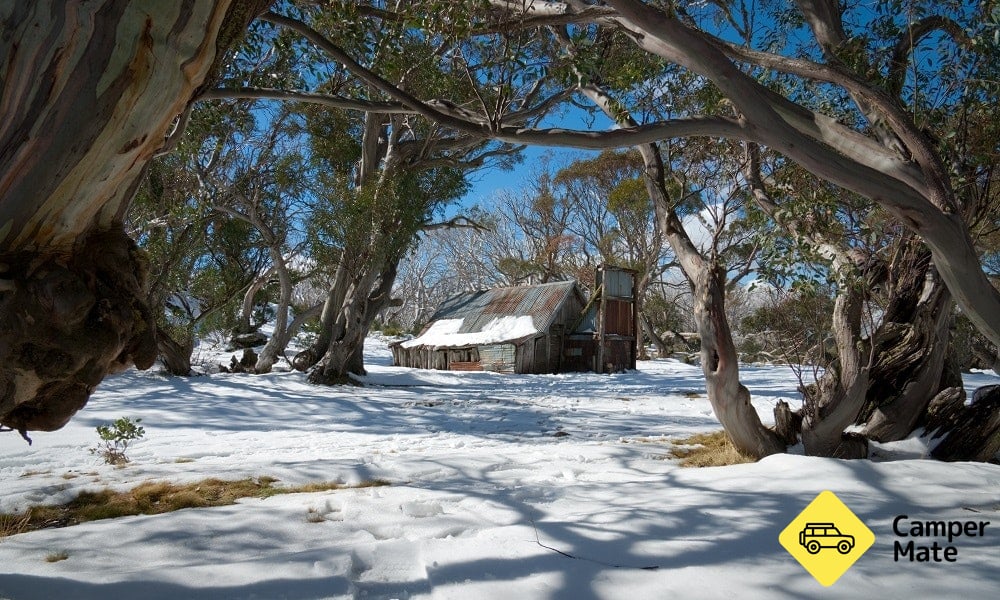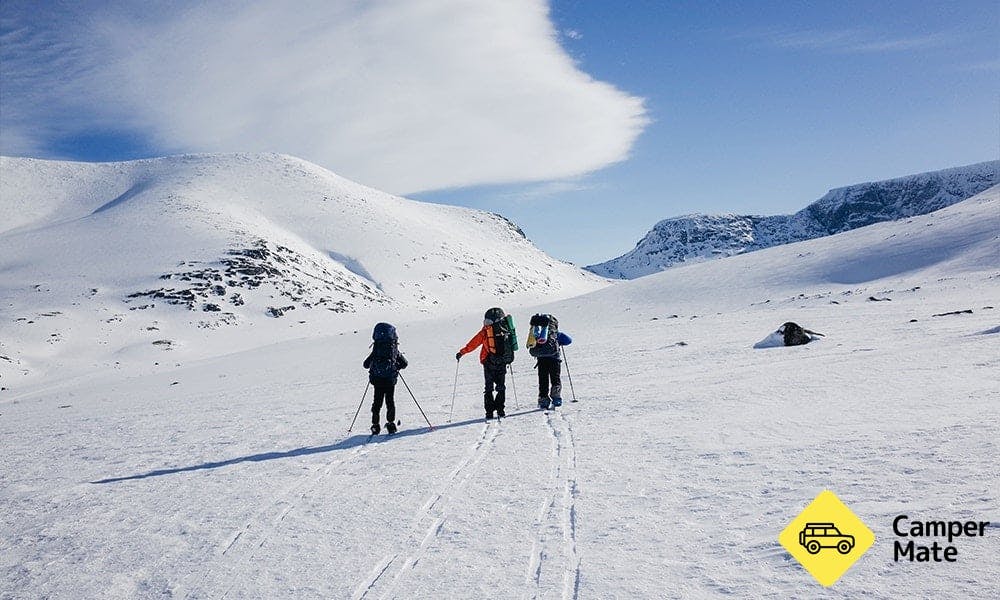
Adventure & Sports
Snow Camping: why we love it
June 24, 2018 • suzanne
9 min read
Snow doesn't just amplify the challenges of sleeping outside, it keeps crowds of fair weather campers at bay and transforms the landscape into something truly breathtaking.
Mention you’re planning a snow camping trip and you can probably expect at least a few responses to the tune of: “Are you sure you want to do that?” “You’ll have to stay in huts, snow is no place for tents.” “Tried it, never again, froze my nuts off.”
While cautious questioning isn’t necessarily misplaced, these sentiments smack of regrettable gear choices and an inherent distaste for the cold. But among the clamour there’ll be one wisened soul who says that if you have proper four-season clothes, the right sleeping setup, and a genuine love of the cold, snow camping is an unforgettable experience that allows you to see and explore the mountains in a way most people never will.
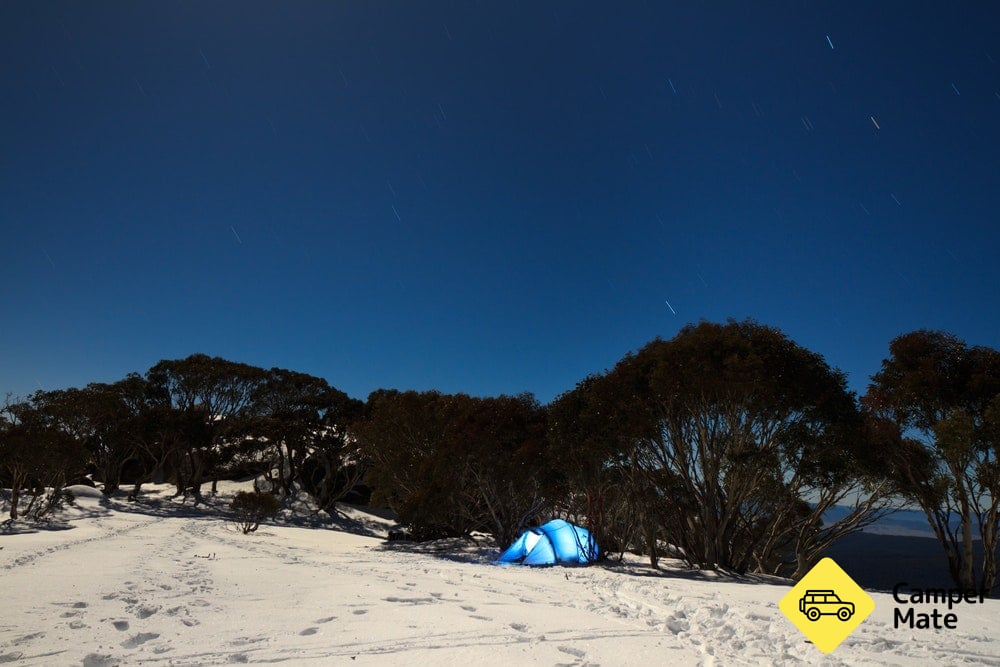
Sweet solitude
You don’t have to be a special brand of bonkers to want to go camping in snow, although given its diminutive fanbase, that particular personality trait must help. There’s a tonne of reasons to go bush during the white season, and for many folks, snow camping’s small following is all part of the appeal. Brave the raw forces of nature and you’ll in all likelihood claim that saddle or camp cave to yourself – sites you can bet will be buzzing with fair weather backpackers come summertime. In winter, the only place you’ll find a crowd milling in the mountains is at the pub or on the piste. Which brings us to...
Freshies all day
The promise of untracked powder bowls, no-one around to cut you off or shame you with submissions to #jerryoftheday, is enough to warrant a punishing schlep through the snow with a heap of skiing and camping gear. Backcountry skiers and snowboarders seeking isolated steeps work hard for their turns, and because they don’t want to spend more time hiking out there and back than actually clocking up vertical, it’s commonplace – and just good sense – to make camp and stay up there for at least a couple of days. Camping may not to be the primary goal, but make no mistake – apres will not go without the appreciation it deserves inside the tent.
Wilderness skills
We’d be lying if we said seeing the dawn blush behind powdery peaks and wandering through crystallised forests and snow-banked creeks has nothing to do with it – the alps cloaked with snow, shrouded in mist and bathed in predawn light will indeed put your shutter into overdrive. But seasoned snow-campers get as much out of negotiating suboptimal conditions as they do from breathtaking scenery under bluebird skies. Not to mention the fickle nature of mountain weather makes having these skills (or an extremely competent companion) a necessity.
Along with navigation and first aid, snow camping is an opportunity to learn snow crafts and survival tactics from a pro, such as how to self-arrest, make snow bricks, or dig a shelter from a drift. Your arms will hate you and you may well spend a fitful night worrying about how you’ll go burrowing your way out should the ceiling collapse, but ask yourself: how many people can put “igloo engineer” on their resume?
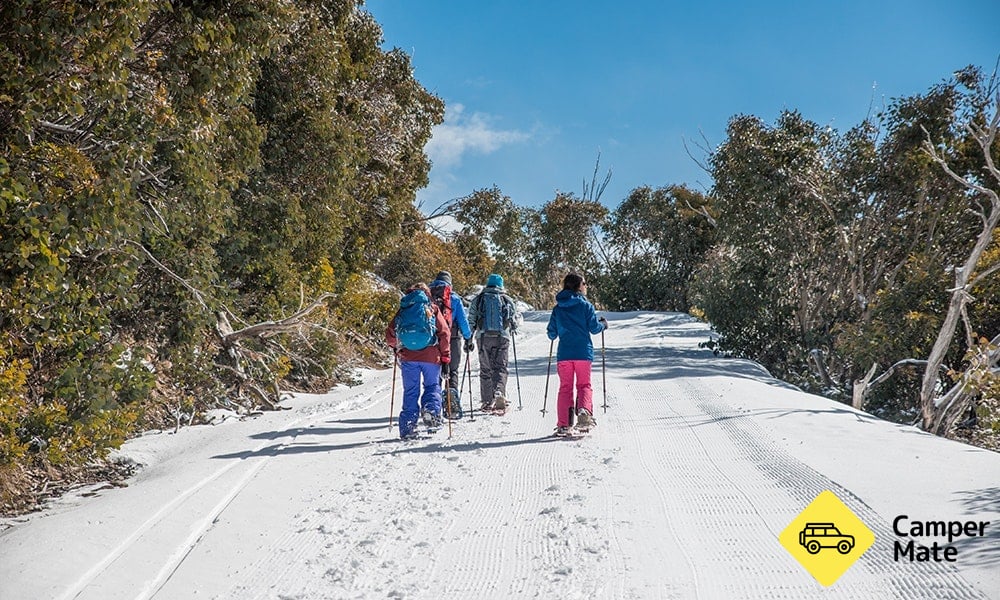
Hike all year round
Walking tracks in Australia’s alpine areas aren’t necessarily off limits when they’re hiding under a layer of snow. Do your homework and you may find your favourite overnighter transforms into a cross-country skiing route and walking trail for snowshoers in wintertime. Double-check tenting is still possible enroute and suddenly you’ve got all the makings of a snow camping adventure that you don’t have to be highly experienced for. With most of these trails departing from ski resorts, you can build up confidence by staying within easy retreat of the trailhead on your first few trips.
They say if you can walk, you can snowshoe, so it’s worth getting a set if you’re packing off on a track with considerable snow depth. Taking shin-deep steps isn’t just slow and exhausting – compacted snow is made up of tiny (read: painful) frozen shards, not to mention you should always do whatever you can to keep your socks dry. In a light layer of slush, a pair of waterproof hiking boots and gaiters ought to be enough.
Car camping
With a 4WD and a rooftop tent or equivalent, snow camping becomes a lot more palatable to the cold-averse, not least because if worse comes to worst you can simply call it quits and drive out of there. While there aren’t a whole lot of places below 1800m with reliable snow coverage, especially in a warm year, campgrounds in Kosciuszko National Park and along Victoria’s Great Alpine Road offer spectacular snowy mountain views, if not actual snow on the ground.
Get out there
Perhaps more surprising than the spectacular winter landscapes and heart-pumping thrill of exploring backcountry is the fact that camping cold can be surprisingly comfortable, particularly if the weather’s on your side. So if you’re kitted up and the forecast is clear, we say, fill your boots! Metaphorically that is, and most certainly not with snow. We’ve said it before and we’ll say it again; wet feet is never good for morale. Here’s a few other things that are bad for morale.
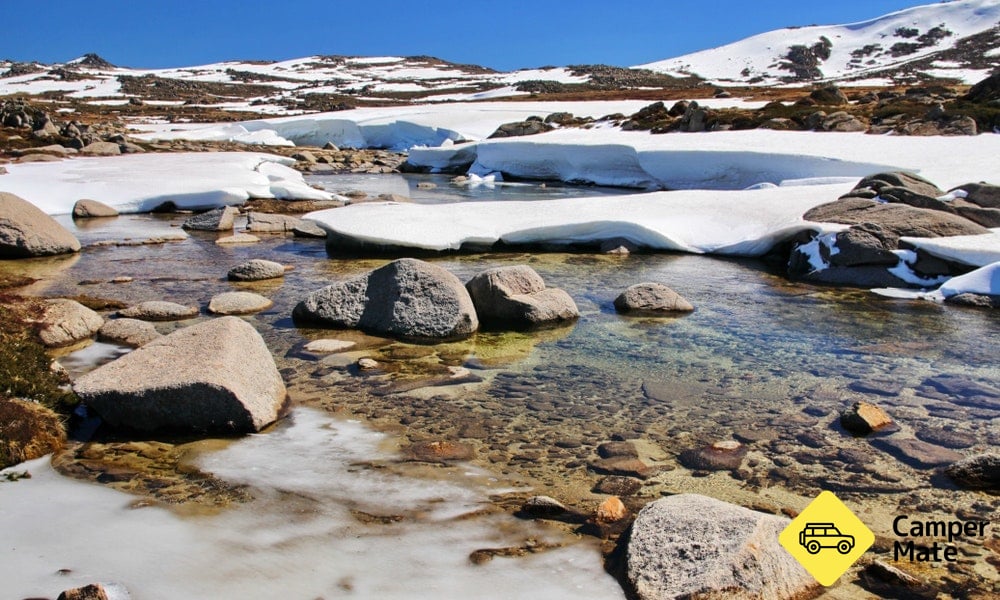
Read More: Australia: a camper's wonderland
Getting anything wet
Snow angels aren’t worth hypothermia – keep mid layers and especially your sleeping bag dry. Cold conditions amplify the challenge of condensation, so don’t think you’re sweet just because everything’s inside a tent. Get dry bags(or if you’re budgeting, garbage bags) for everything and open your tent’s air vents.
One pair of gloves
Take two! Even if you’re not building with snow bricks or digging out a shelter, clearing and packing down your campsite, securing pegs and guy ropes, and throwing snow at your mates will still make your gloves wet, which won’t be much fun after sundown.
Flat batteries
Full bars one second, blinking the next. You may have noticed that phone, torch and camera batteries fade fast when it’s really cold, which is not what you want if you were hoping to capture some snowy sunrise shots. Avoid disappointment by keeping spare batteries inside your sleeping bag.
Snow inside your tent
The awesome thing about tenting on snow is how you can increase storage space, head room and your overall comfort by digging a chamber in the snow to keep icy packs and boots in. Dig a hole about knee deep and flush with the door of your tent, that way you can sit comfortably inside with your feet on the ground. If you need to cook under the shelter of your vestibule, there’s always the risk of melting your tent if your stove flares, however having a nice deep hole for protection will go some way to mitigating this – just always be mindful of deadly carbon monoxide when cooking in any partially enclosed space. Open all ventilation flaps and opt to cook outside whenever weather permits.
Disappearing skis
If a snowstorm blows in overnight and you’ve left your skis, splitboard, sled, or snowshoes lying down outside, you can bet you’ll be going on a treasure hunt in the morning. Even if the forecast is clear it’s best to err on the side of caution and stand these items upright – mountain weather is a fickle thing.
Forgetting a shovel
Whether you’re retrieving buried skis or digging your storage holes, you’ll need something a little more robust than your toilet trowel. Aim for the lightest and most compact style your budget allows. Aluminium is favoured among snow campers because it’s strong and light.
Taking selfies on a cornice
A cornice is a bank of compacted snow and ice overhanging a cliff or ridgeline. They’re notoriously unstable and standing on one for a photo or attempting to snowshoe up and over one could cause it to collapse (we don’t want to get too heavy but cornices do claim lives). It’s not always easy to tell what’s firm ground and what’s an extension of built-up snow, so your safest bet is to avoid risk areas completely by giving precipices and pitches of 35 degrees or more a wide berth.
Running out of stove fuel
The colder it is, the harder your stove has to work to boil water, which in turn drags fuel efficiency right down. You’ll want to bring extra gas canisters to allow for the reduced fuel economy, and the fact that you’ll probably be preparing more hot drinks than usual to keep warm. Keep your meal plan as quick and simple as possible to reduce food preparation time – you won’t want to be fussing with fiddly meal prep inside your vestibule during a storm, and in sub-zero conditions stiff fingers can make basic tasks twice as hard. Rehydrated just-add-water meals are calorie dense, easy to prepare and ideal for snow camping.
Carrying 30-odd kilos
Snow camping is heavy. Sleeping bags weigh more, you need to take more clothes, more fuel, a more robust tent, two sleeping mats, a shovel, more comfort food… not to mention the physical challenge of slogging through snow is hard enough without a heavy pack. Depending on how steep the terrain is, you might like to take a load off and drag your kit on a sled!
While this isn’t a definitive list of all the nitty gritty need-to-knows for camping in the snow, we hope we’ve piqued your interest and inspired you to try something different this winter. Maybe you’ve got a hooligan experienced mate to take you on your maiden voyage, or perhaps you’d consider going on a paid trip with a guide. Either way, camping in the snow isn’t that different to camping at any other time of year: go with a crew, pack appropriate gear, keep your peepers glued to the weather forecast, and above all, exercise common sense.
